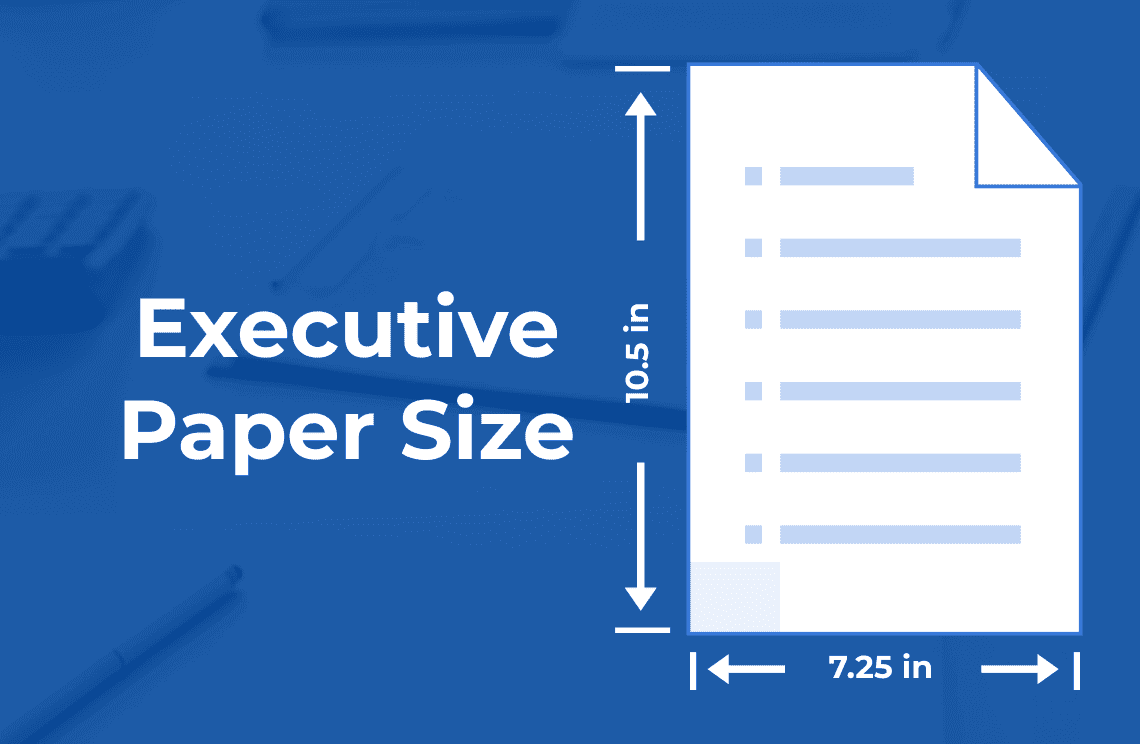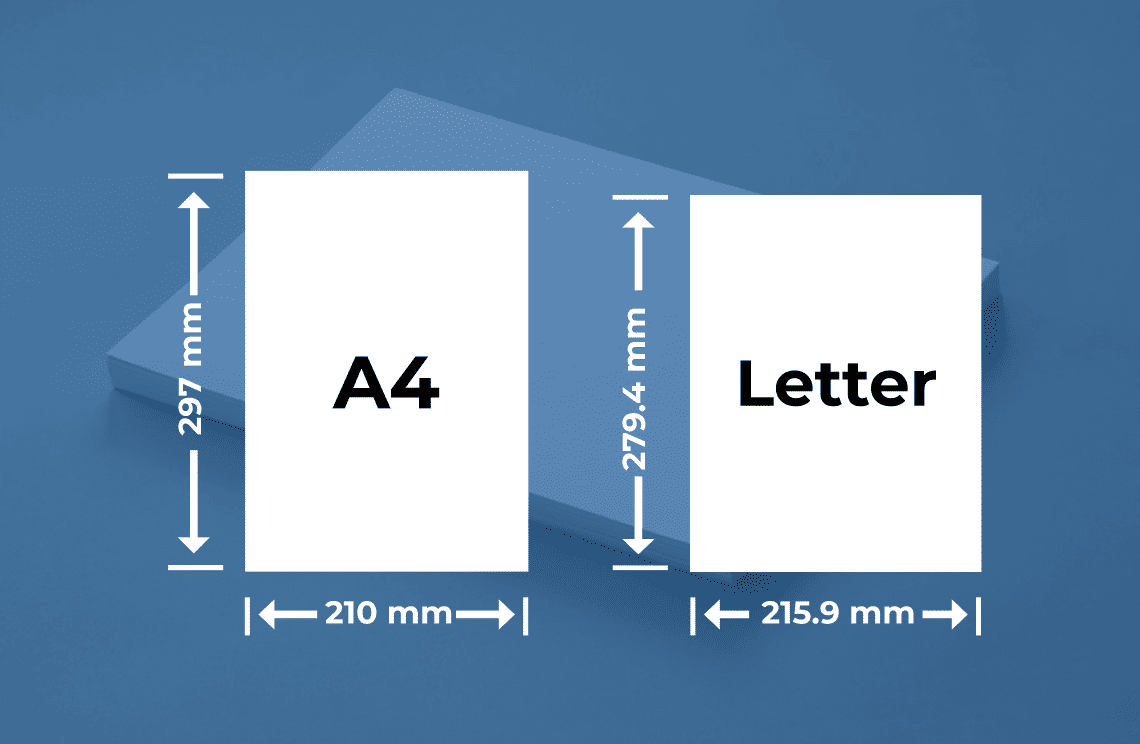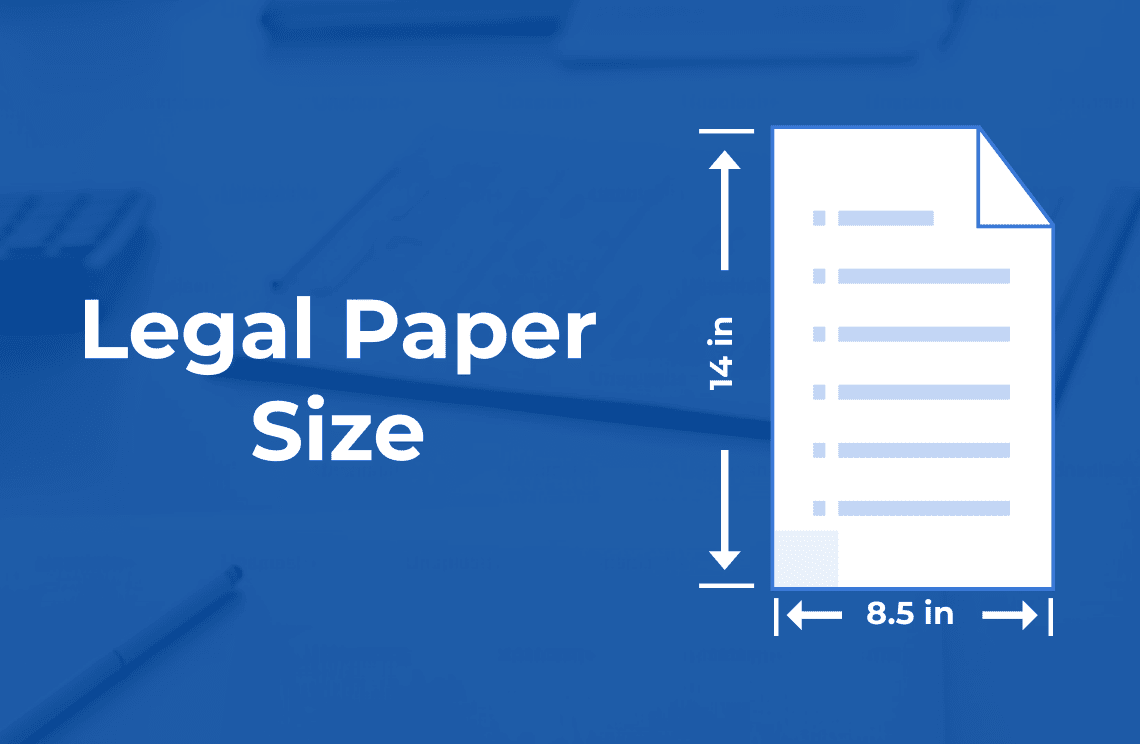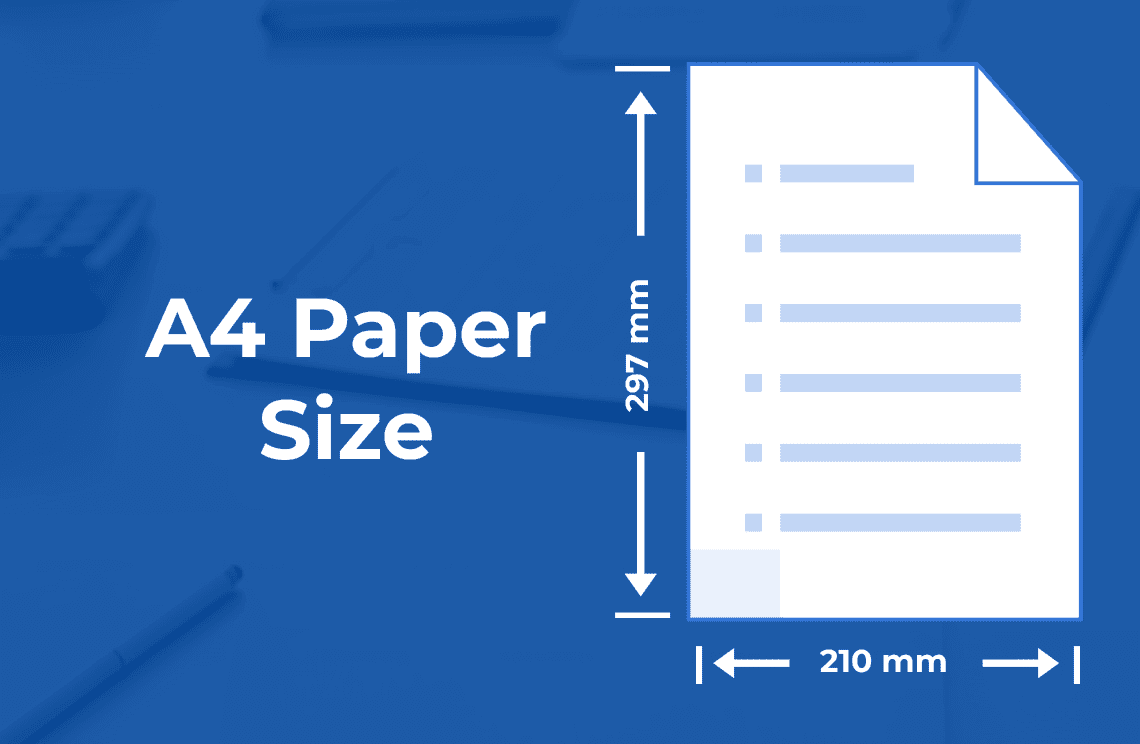Executive paper is a less common paper size often encountered in business settings. Unlike the familiar letter and legal sizes, executive paper can be a source of confusion. This guide aims to clarify the dimensions of executive paper and explore its use cases compared to other formats.
Understanding Executive Paper Size
Executive paper typically measures 7.25 inches by 10.5 inches (184 mm x 267 mm). However, it's worth noting that there's an alternative size of 7.5 inches by 10.5 inches (190.5 mm x 267 mm) that's less commonly used. Regardless of the specific dimensions, executive paper is generally smaller than letter-sized paper and has a different aspect ratio.
Executive Paper vs. Letter Size
To better understand the size difference, let's compare executive paper to the widely used letter size. Letter paper measures 8.5 inches by 11 inches. As you can see, executive paper is slightly narrower and shorter than letter paper.
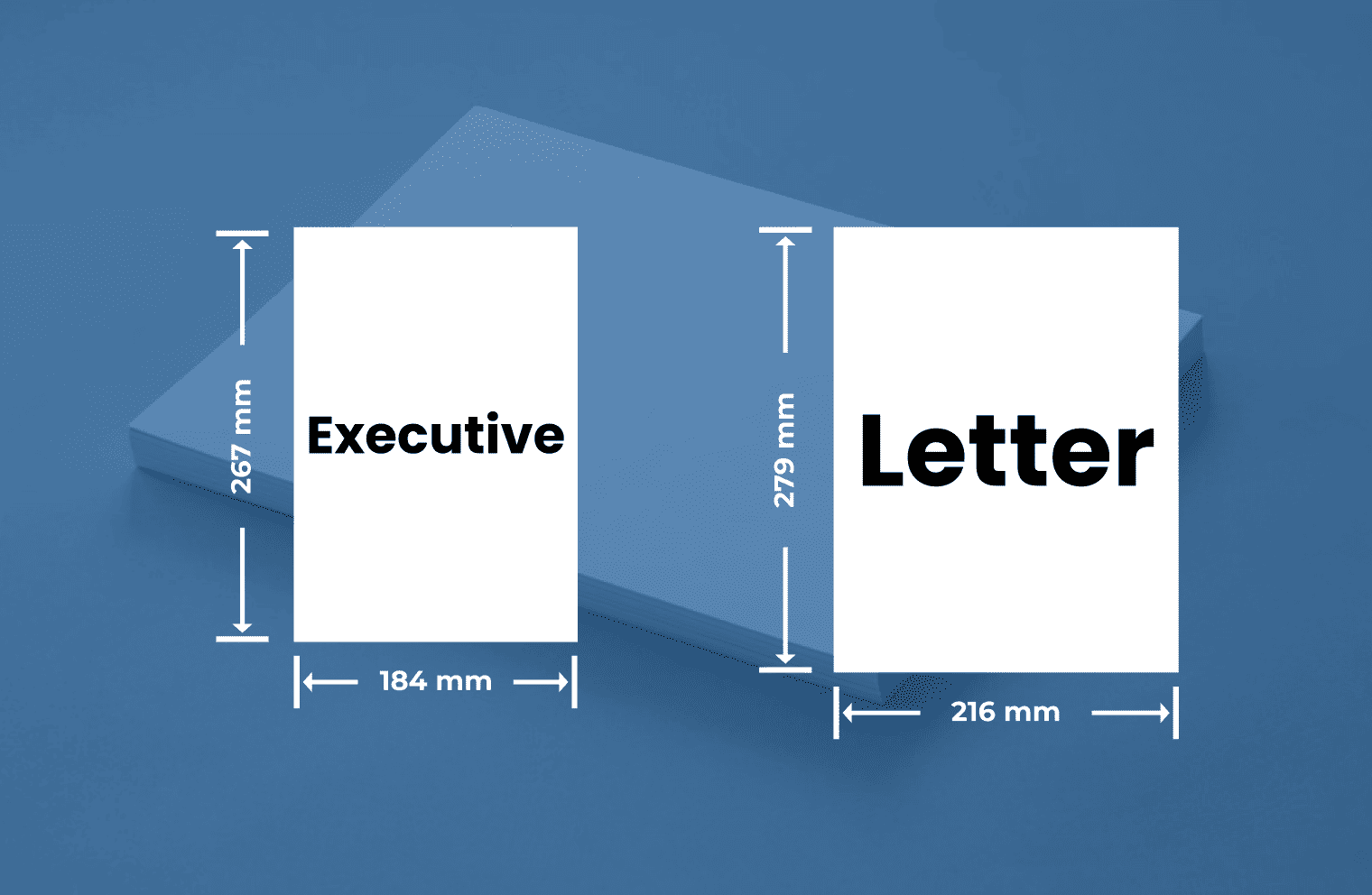
When to Use Executive Paper
While executive paper has its place in specific situations, letter size remains the dominant choice for most business documents. You might encounter executive paper in the following circumstances:
- Specific printers or pre-printed forms: Some printers or business forms are designed for executive paper.
- Consistency: If you frequently collaborate with someone who uses executive paper, maintaining consistency might be preferred.
- Unique format: For certain professional presentations or reports, the dimensions of executive paper could be desirable.
Alternatives to Executive Paper
If executive paper doesn't fit your needs, consider these alternatives:
- Letter size: This is the most common paper size for business documents and offers the widest compatibility.
- Legal size: For longer legal documents or contracts, legal size paper might be suitable.
- A4 size: If you collaborate internationally, A4 size is often used in many countries.
Frequently Asked Questions About Executive Paper Size
What is the most common use for executive paper?
While executive paper is less common than letter or legal sizes, it's often used for specific business documents, such as:
- Executive summaries: The name itself implies a connection to executive-level documents.
- Presentations and handouts: The slightly smaller size can be advantageous for certain presentation formats.
- Specialized forms and templates: Some industries or businesses may have specific forms or templates designed for executive paper.
Can I print on executive paper using a standard printer?
Most modern printers can handle executive paper, but it's essential to check your printer's specifications to ensure compatibility. If you're unsure, consult your printer's manual or contact the manufacturer.
How do I convert a document from letter size to executive size?
If you have a document in letter size and need to convert it to executive size, you'll likely need to adjust the document's layout and margins. Some word processing software and design programs offer tools to resize documents. However, be aware that content might be affected, especially if images or text are positioned close to the edges.
Can I use executive paper for digital documents?
While executive paper is a physical paper size, you can certainly create digital documents with those dimensions. Many design software programs allow you to set custom page sizes. If you need to work with digital executive paper documents efficiently, consider using software like PDF Agile, which is designed to handle various document sizes and formats seamlessly.

